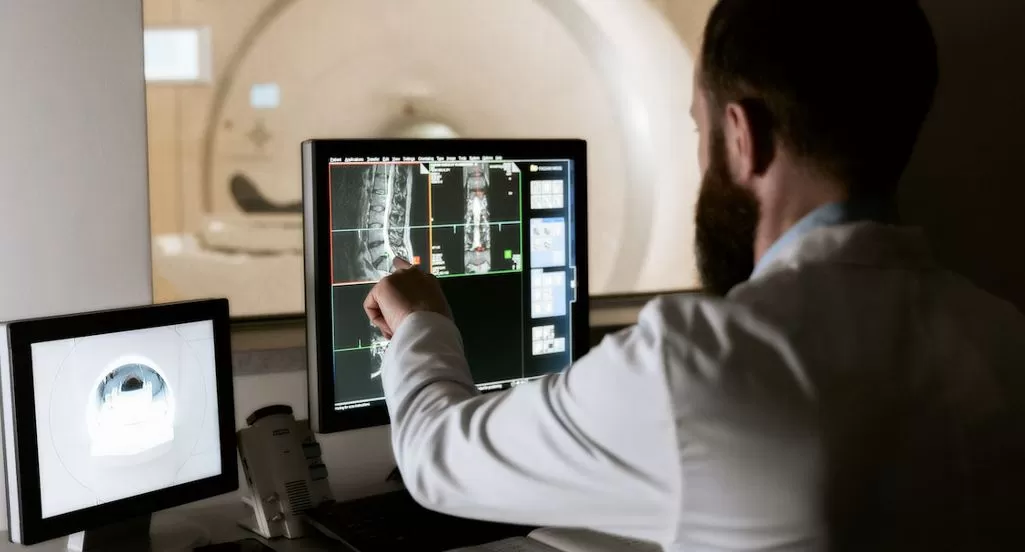Bone spurs are a common foot condition due to pressure and trauma. They usually appear on the heel or the top of the foot.
They are not usually a medical concern alone but can cause pain. If your bone spur is causing significant discomfort or interferes with movement, consider foot bone spur removal.
Inflammation
Bone spurs usually develop due to pressure or stress on joints, and as the body works to heal the damage, calcium deposits are laid down in the area to protect it. As a result, they may only cause pain once they grow larger and irritate the joint or surrounding tissue.
However, if the bone spur is causing pain or limiting movement, treating it sooner rather than later is essential. It can help limit damage to other tissues and prevent serious complications such as permanent weakness or deformity.
Treatment for painful bone spurs typically begins with conservative measures like rest, ice, orthotics, and physical therapy. If the pain persists, you may need a cortisone injection at the painful spot to reduce inflammation and pain in the soft tissue next to the bone spur.
Depending on your age, lifestyle, and foot condition, you can continue with conservative care or explore surgical options such asfoot bone spur removal. It is a decision that needs to be made after carefully evaluating your symptoms and determining the best course of action for your condition.
Excess Bone
Painful bone spurs are usually a result of overuse or stress that causes damage to the joint. When this happens, the body tries to repair it by adding extra calcium to the area to protect it.
Bone spurs are more common on the heel and arch than in other parts of the foot, but they can also develop on the toes. The main risk factors for developing these growths are age and arthritis.
Often, bone spurs go unnoticed until they cause discomfort. But if the spur is causing pain or interferes with movement, it’s best to see a podiatrist immediately.
Excess Tissue
As the bones in your foot become worn down (osteoarthritis), your body creates bone spurs to help protect the joint. Bone spurs may not cause pain or symptoms for years, but when they interfere with your mobility and cause discomfort, you’ll want to schedule an appointment with a podiatrist.
If your podiatrist determines that the problem is caused by excess tissue, they’ll first try nonsurgical options to reduce the irritation and relieve pain. These treatments include rest, exercise modifications, and limiting activities that trigger pain flare-ups.
If this approach is unsuccessful, a surgical procedure is often performed on the heel to remove the spurs that are causing pain and restricting movement. In some cases, surgery will also involve removing the damaged plantar fascia to eliminate a condition called plantar fasciitis. Physiotherapy will be suggested after a successful operation to reduce soreness and edema and get you back on your feet as soon as possible.
Injury
As you age, you’re more likely to develop bone spurs on the heels and at the top of your foot. It is due to the wear and tear that causes cartilage to break down, leading your body to create extra bone tissue in an attempt to repair itself.
While these growths usually go unnoticed, they can cause pain and discomfort when they rub against surrounding tissues or nerves. They can also limit mobility and affect your everyday life.
The best way to avoid bone spurs is by maintaining a healthy weight and wearing shoes that fit correctly. Maintaining a balance and limiting pressure on joints will also help prevent spur formation.
If you are experiencing a bone spur causing your foot pain or discomfort, you may need to visit an orthopedist to discuss treatment options. Your doctor will feel your joint and order X-rays to see better what’s going on. They may also use a CT scan or MRI to help them pinpoint the problem.
